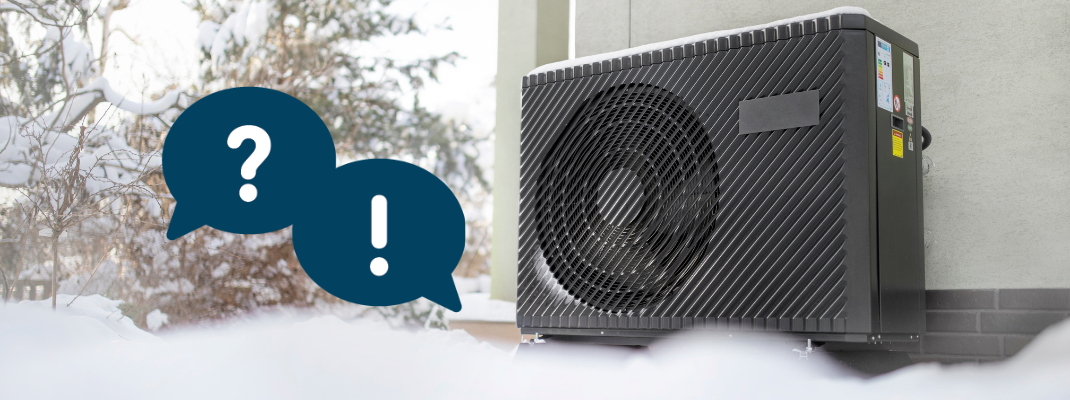Districts, housing estates or even entire towns can be equipped with central heat production and distribution facilities. This is called “district heating”. A central boiler plant produces heat for all the buildings.
The advantage of these installations is that the heat can be produced more efficiently and in principle more ecologically, and often from renewable energy. Thus, all consumers connected to the heating network benefit from the energy and ecological advantages of this centralised production.
Each building connected to the heating network has a heat transfer station (a heat exchanger), while a heating meter clearly identifies consumption. Users are thus responsible for controlling their energy consumption.
Heating plants and networks are often managed and operated by municipalities, but also by private actors.
|
Suitability of the system for a house with thermal insulation class |
|
| A | Yes |
| C | Yes |
| I | Yes |
|
Ease of use: supply, filling, cleaning, etc. |
+++ |
| Annual and regular maintenance | +++ |
| CO2 emissions | Depends on the fuel used by the central heating plant. |
| Space requirements & storage | +++ |
| SOTH | ++ |



